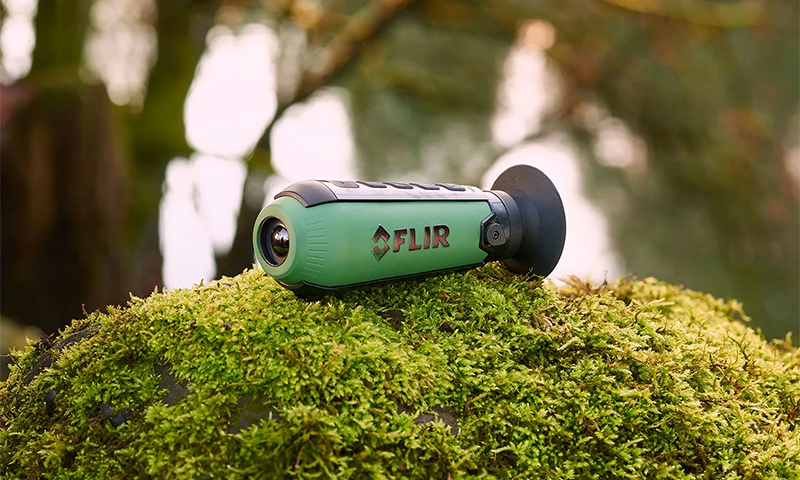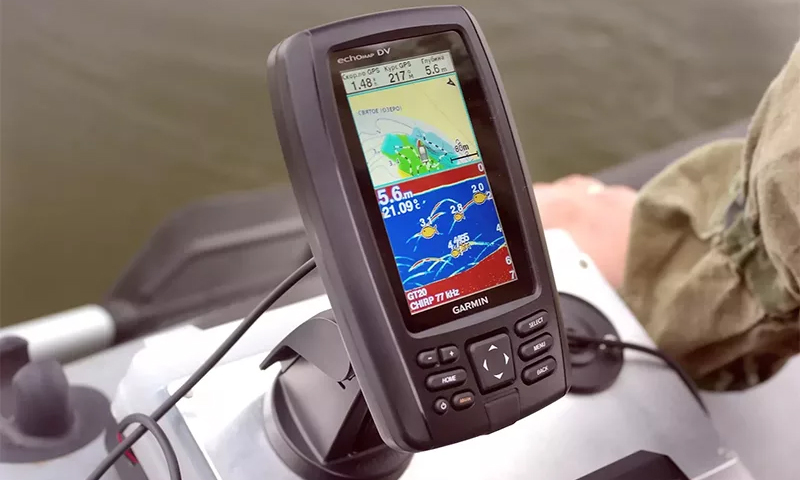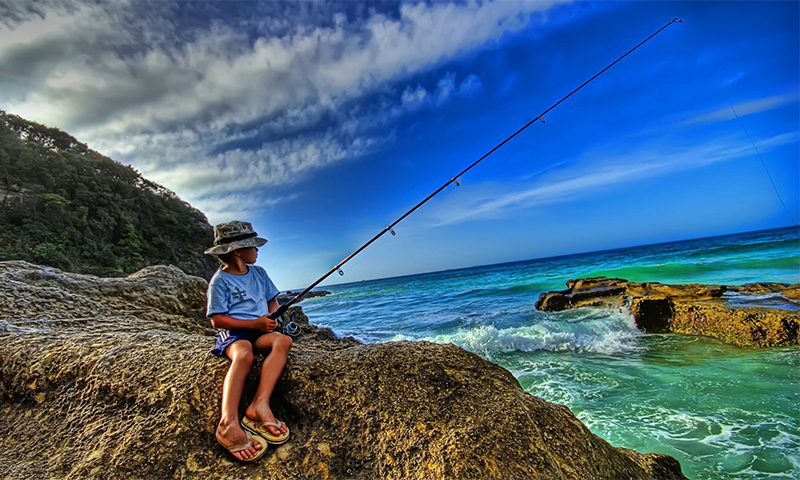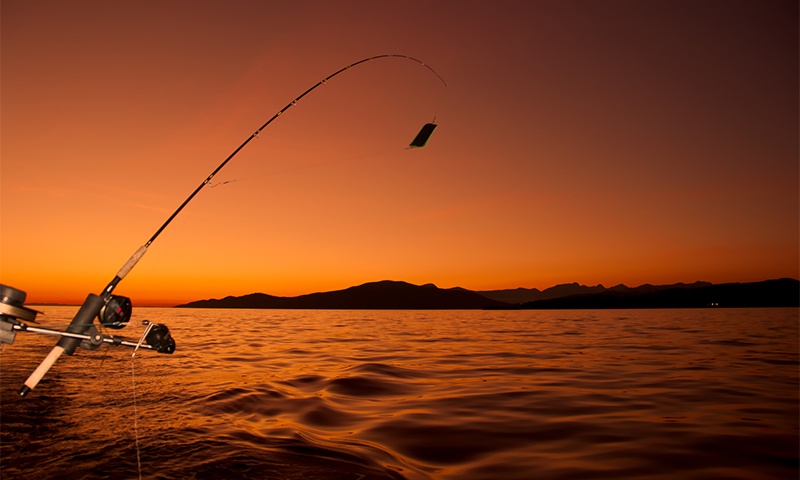Fishing on a spinning will bring pleasure and result only in the case of the selection of good tackle and regular practice. An important element in this case is the fishing line on the reel. But this is only a general name, because in fact, most often, use braided cord of thin similar materials. It is more durable, durable and lasts less, which helps to better feel the bait and carry out the dodge. Braided parameters should be fully combined with spinning indicators and the type of fish that they claim to catch. Properly select this item will help the material below.
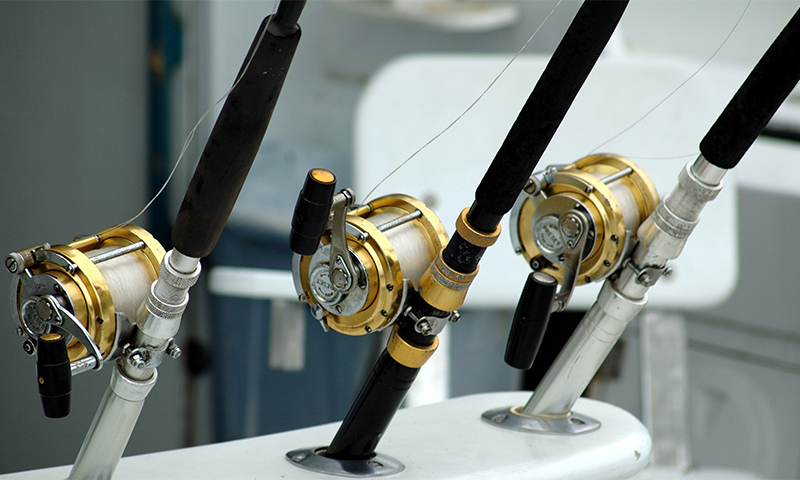
Content:
The best manufacturers of braids for spinning
If you can not wait to try out a new spinning, but there is no time to delve into the variety of braids, then you can purchase products from trusted companies:
- Power Phantom;
- Stinger;
- Sufix;
- Berkley;
- Benkei
In order to start your new hobby more consciously, familiarization with the description of the details of specific cords in a detailed review will help. For those who want to become a semi-professional and understand all the characteristics of braids, the information below will help.
The principle of operation and the structure of the braid for spinning
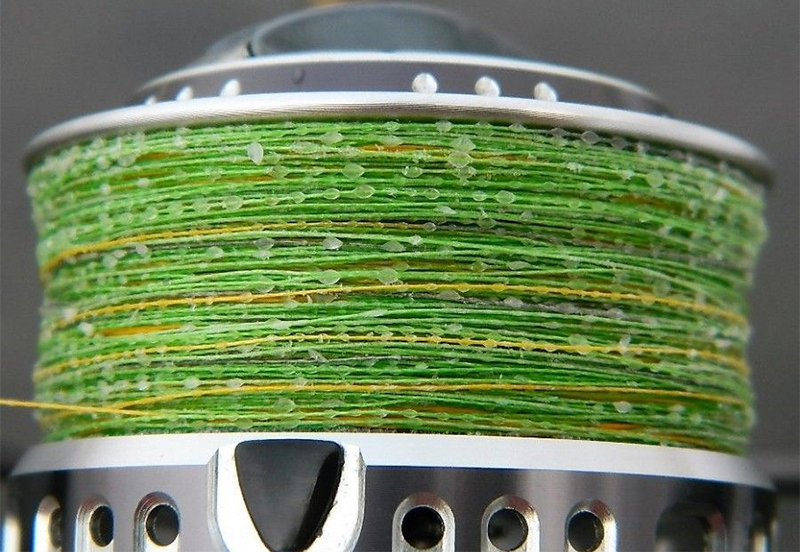
From afar, the braided line looks like a regular fishing line, but after looking closer, you understand that this is a real cord that includes several strands (from 4 to 8 pieces).
Multifilament fishing line is made by connecting several strands into one, with a tight weave together. Then the thickened yarn is connected again with a similar double line. The result is a multi-fiber weave, characterized by high strength.
The thickness of the cord with a diameter of 0.1 mm can withstand up to 3 kg of weight. But the line is used with a reserve, because unforeseen factors (wind, gearing on branches, grass) can create increased loads. This indicator allows the use of weaving different diameters in the coils on the spinning, where the mass of fish caught can reach 20-25 kg.
After catching prey for the hook, the entire load rests on the rod and the braided line. And if the first is made of carbon fiber or metal, then the second consists of polyethylene filaments. Therefore, the use of high-quality cord is a must.
Other goals for multifilament fishing line are:
1. Support long casting;
2. Low windage windage;
3. High bait sensitivity;
4. Ensuring good visibility in the water with certain fishing methods;
5. No stretching when cutting sharply;
6. Long service life.
Pletenka attracts anglers with simple storage - you can buy the coil you like in reserve, put it on the table and get it in 5 years with unchanged properties. She also likes her lack of “memory”, which allows her to have a flat shape, despite winding and storing in the drum.
The structure of polyethylene filaments includes: weaving itself, impregnation improving slip in water, substances resisting wear and impregnation from ultraviolet rays. Multi-fiber fishing lines in coils of 90-150 meters are sold. The best are Japanese and American products.
Types of braids for spinning
Classic weaving

It is made of polyethylene with special impregnations. It happens three-, four- and eight-core. It has a different density of the number of plexuses per cm. It is produced in diameters from 0.01 to 0.89 mm. Suitable for spinning and fishing from the shore, boats, boats. It is bought by beginners and experienced fishermen.
Advantages:
- variety of value;
- many options for the diameter and number of threads;
- various colors for a certain type of fishing;
- strong structure;
- long service life;
- There are options for heavy and light spinning.
Disadvantages:
- there is a slight stretch;
- on cheap models, nap quickly appears;
- substandard products flatten and increases windage.
Parallel Multi-Fiber Cord
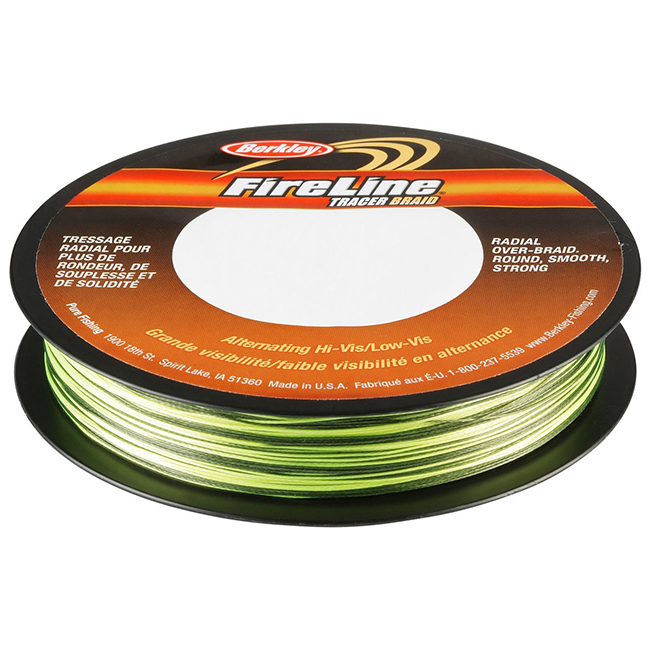
It is distinguished by the adjacent arrangement of high-tech polyethylene strands, which are connected by soldering and exposure to high temperature. This allows you to get a multi-fiber fishing line with increased sensitivity, no stretching and sufficient strength, exceeding the classic weaving.
The fortress gives free use of it when catching large fish. It is well suited for beginners to immediately notice the bite and skillfully learn how to perform sweeps.
Advantages:
- the bait feels good when posting;
- strong flow does not interfere with the process;
- when podsekanii effort from the jerk instantly transferred to the hook, without loss of stretching;
- high fortress;
- Suitable for fishing from a boat on the go.
Disadvantages:
- this cord wears out faster;
- friction about rings and vegetation soon forms lint;
- increased sail when casting and posting from the bridge.
Options for braiding for spinning

Tensile strength
The strength of the cord is determined by the efforts that must be made to break its structure. This is the most important parameter, which is one of the first. The range can vary from 3 to 20 kg or more.
In order for the braid to work well, it must be combined with a spinning class:
1. Lightweight models are equipped with a fishing line with less tear resistance;
2. Heavy rods are equipped with a more durable multifilament thread.
The parameter depends on the type of fish for which they claim:
1. A small bass will require a cord with an indicator of 3-5 kg. Such a product will be with a clear margin and will last for a long time.
2. Those who fish for pike and pikeperch, which can weigh 7-10 kg, buy a net with a value of up to 12 kg.
3. In the sea there is a larger fish, so for trolling it makes sense to install a fishing line up to 15-20 kg.
4. On small rivers and medium spinning, you can get by with the value of 8 kg.
Colour
Some models of braided fishing line are very bright, while others are quite dull. This is explained by the way of fishing.
1. For classic spinning fishing, where pulling is carried out in a straight line, close to the surface of the water, dark colors are required.
2. Whoever loves jig fishing, which consists in zigzagging of bait vertically, it will be more convenient to handle the bright weave to see the position of the bait and control movements.
3. Light green and orange fishing line is useful to fans of fishing with a ratler at the bottom of the reservoir.
Visual density
It is quite easy to see the quality of the cord when buying, if you unwind a small section of 10 cm, take it with both fingers from both ends and try to twist it in different directions.
In the case of stratification of weaving into separate threads, it is not necessary to purchase these products for large fish or fishing from a boat. But it is well suited for beginners to learn how to throw gear and lead the bait. Such a line is not expensive, so it will justify the money spent.
Number of plexuses
This parameter is determined by the number of intersections of each individual strand per centimeter.
1. Line options with 5-6 plexuses, which are suitable for fish weighing 3-4 kg.
2. More twisted cords in 8 beams are used for small pikes up to 8 kg.
3. The most durable is a multi-layered thread on 12 plexuses, which allows you to catch a large catfish up to 20 kg.
Twisted or welded
The type of combination of fishing line in a string affects its properties.
1. Classic weaving will allow longer use of the product and provide minimal sail when fishing from a high bridge or pier, where a significant portion of the fishing line remains above the water and the wind can sway it, which prevents fishing. This species is convenient for hunting for deep-sea fish swimming along the bottom.
2. The welded multifilament thread is stronger and suitable for large fish. It has a heightened sensitivity and absolutely does not stretch, which is suitable for beginners. But it costs more and wears out faster, therefore, it is bought only by professionals for fishing for pike, perch, catfish.
Number of threads
Strands of high-tech polyethylene are woven together in an amount of three, four and eight pieces. This affects the use of the cord in combination with various spinning.
1. For lightweight models, a 3-4-strand fishing line will do.
2. Powerful heavy spinning staffed with eight threads.
If we evaluate the suitability of weaving not by the class of the rod, but directly by the weight of the bait, then we can learn the pattern:
1. For easy bait 0.3-10 g weave enough four strands.
2. With heavier baits from 10 to 40 g it will be better to cope with an 8-wire cord.
Section shape
To choose high-quality multi-line fishing line, you need to pay attention to its shape in section. It must be strictly round. Flattening in the form of noodles will not affect the strength, but will affect when fishing from a bridge or a vessel. The flat form increases the windage and the fishing line will be more swaying with the wind.
From such an irregular shape, it is more difficult to evenly wrap a coil on a drum. A winding curve prevents free unwind when throwing. Carefully inspect the twisted thread, you must ensure that it is uniformly round section.
Diameter
Braided cord can have a different diameter, which affects its strength:
1. Products in 0.12-0.15 mm are poorly distinguishable in water, do not sway with wind and are suitable for long-range throw. But as a regular fishing suitable for light spinning and tips in 1-2 g.
2. 0.20-0.30 is suitable for fishing on a large perch or vomer, weighing up to 2-4 kg, respectively.
3. A fishing line of 0.40 mm easily maintains fish of 8 kg and is considered a versatile tackle. Low cost and good performance make it the best option for beginners.
4. 0.60 mm will keep pike or other large fish up to 15 kg. Difficult conditions in the form of strong winds, currents and high grass will not interfere with the process.
5. 0,70 mm are used by skilled fishermen for a vyvazhivaniya of large predators. They will not break even with a mass of 15-20 kg.
Additional criteria
In addition to the main characteristics, there are several "secrets" of the choice of weaving for spinning, which must be tested directly in the store. The coil should be opened and wound the line on 1 m. A good cord will be without scuffs, crushed parts and burrs. If they show up, then you should not buy.
When bending a multifilament yarn, it should not make a crash. Despite its rigidity, the weave structure allows you to fold into a loop freely and gently. Another factor is the quality of painting, especially for jig fishing, where it is so important to see a fishing line in the water. If you take out the coil in the box you can see the colored powder, then the paint will quickly peel off.
Choosing braid for spinning need to properly navigate the price. Products are sold in coils, but their footage is not standard and may vary depending on the manufacturer. For example, a hank of 90 meters for 1,200 rubles will be more expensive than a coil of 150 meters at 1,800 rubles. If such a difference is due to improved characteristics, then this is justified, but if their parameters are the same, an overpayment will be obtained.
What kind of spinning braid to choose
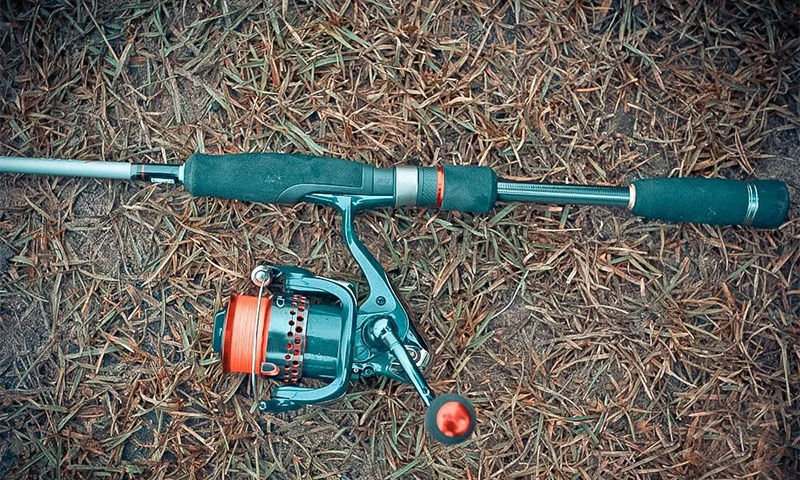
1. A beginner will need a welded or braided cord with a rating of up to 2 kg per tear. The diameter can be chosen between 0.20 mm, and the number of plexuses per cm is 5-6 pieces.
2. To catch the sea from a boat and to pull out large fish, you will need a multifilament thread with a value of 15-20 kg of breaking load, 0.70 mm in diameter, and a high number of plexuses per centimeter (12 pieces). It is important that the line consists of eight strands.
3. For use on heavy spinning and weighty bait to catch a pike or catfish, use a cord with a breaking load of 8-12 kg, with a diameter of 0.50 mm, consisting of eight cores and comprising 12 beams per centimeter.
4. Jig fishing with zigzag wiring from the bottom to the surface will require a braid with a tensile load of 5-8 kg, four threads, 0.40 mm in diameter and brightly colored.
How much is a braid for spinning
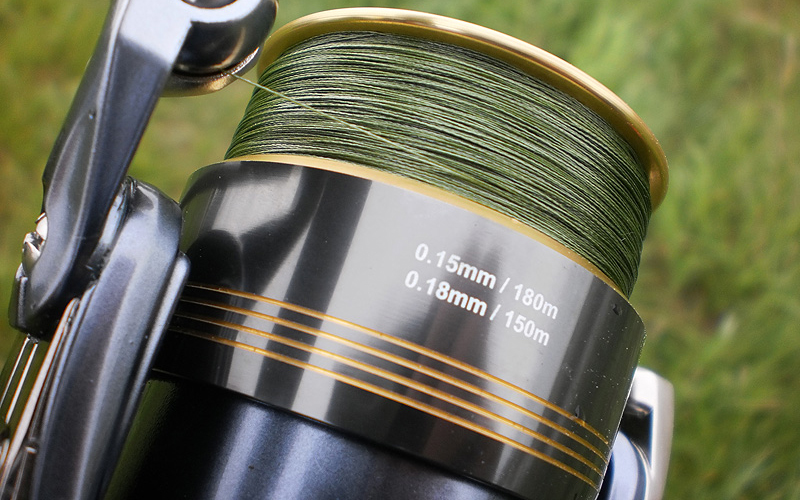
Knowing the exact characteristics of the cord for spinning, you can find its value in the reel 135 meters:
1. A beginner will have to pay for this item tackle 1500 rubles.
2. Fans trolling pletenka costs 2600 rubles.
3. Fishing for pike and catfish requires products for 1900-2000 rubles.
4. The jigging style of wiring requires a multifilament yarn for 1500-1900 rubles.
It will be interesting to friends too

